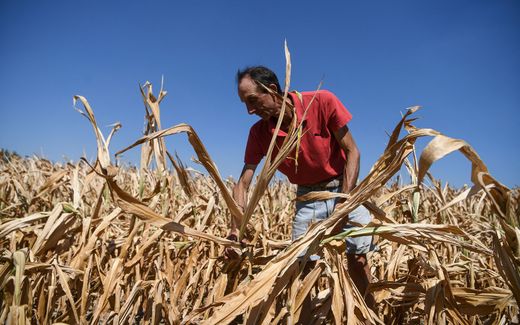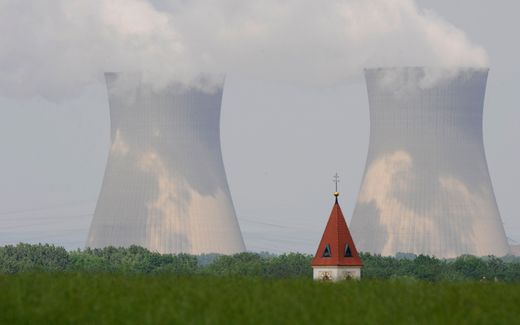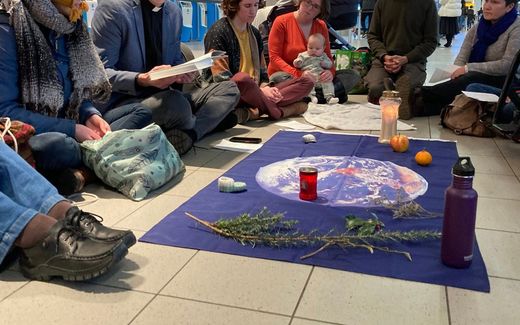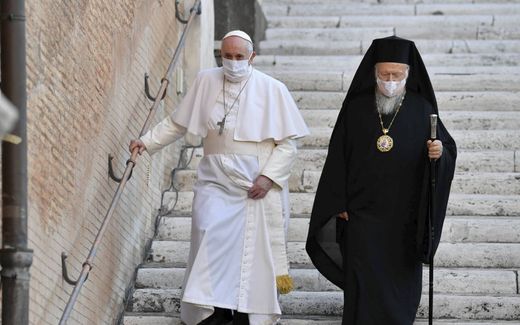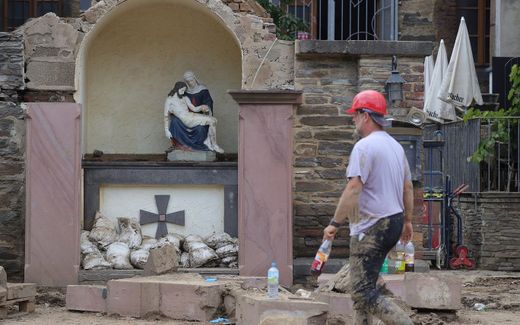How summer determines church life in Spain

Photo Canva.com, EPA, Salas
Christian Life
When summer starts, it affects all aspects of life, and thus the church as well. How is that visible in Spain, known for its heat?
Whether we like it or not, the rhythm of church life in Spain is determined by the punctual arrival of summer. In early June, the heat begins. By early July, the heat becomes unbearable. And by early August, it slowly starts to ease—but by then, many church members are already on holiday.
Traditionally —in fact, until just a few decades ago— it was normal to have an entire month off work: four weeks of holidays. The effects were visible everywhere: life slowed down, and the cities emptied, much to the delight of those who stayed behind to enjoy the quiet, less hectic, less polluted urban spaces.
Nowadays, however, holiday time is increasingly spread out throughout the year. It is now common for people to take just one or two weeks off during August. As a result, September still sees some stragglers enjoying their holidays, and normal routines don’t return until the school year begins.
It is also worth noting that most evangelical churches in Spain are small to mid-sized —between 20 and 100 members— so the summer heat often affects the church’s functioning as a whole. But what does this look like?
Changes
There are usually no major changes in June. Children are still in school until the end of the month, and people are more cheerful with the arrival of warm yet bearable weather.
Church attendance on Sundays in July tends to be among the highest of the year.
July is a mixed bag. On the one hand, church attendance on Sundays in July tends to be among the highest of the year. I don’t know why this happens, but I’ve observed it to be a yearly pattern over time. On the other hand, there are no more church outings or outdoor activities, and fellowship meals are suspended — unless the church building is equipped with air conditioning.
In August, pastors typically take a few weeks off. During this time, Sunday services are led by elders, deacons, or other committed members. It is not uncommon for midweek prayer meetings to be cancelled. Thirty or forty years ago, it wasn’t rare for Sunday evening services to be suspended entirely during August. Nowadays, still only very few churches in Spain hold evening services, even from September to May.
Mentality
The schedule in churches tends to mirror that of school children. Although the official calendar year runs from January to December, the “church year,” like the school year, runs from September to June.
Normally, planning takes place in the first week of January.
This, however, does not determine how church activities are planned. Normally, planning takes place in the first week of January. The reason is simple: financial reports must be closed on December 31st, along with the yearly update of the church’s active membership list.
Everything must be ready to present at the annual congregational meeting, usually held at the end of January. This convention is well-established and, I believe, dates back to the days of the Second Reformation in Spain, when Protestant congregations were first formed.
Since few activities can be planned without first knowing whether the church has the financial means to carry them out, the planning of the year’s activities is usually done by the church consistory between January 1st and the annual meeting.
Worship
So, you may say, it’s new to me that summer dictates your church life, but how many people are affected by this? In other words, how many evangelical Christians are there in Spain?
According to the most commonly cited figures, provided by official evangelical organisations, evangelicals comprise 2% of Spain’s population. The national evangelical federation puts the number at around 1.5 million. While there is no official census, this estimate is based on the number of evangelical places of worship—about 4,300. That would make Protestantism —if we can call it that— the second-largest religion in the country, ahead of Islam, which has around 1,700 mosques.
However, some independent observers suggest the real number is closer to half a million. Even accepting the figure of 4,300 places of worship, and estimating an average of 100 members per church (which is quite generous, given that “megachurches” are exceedingly rare), we would be looking at around 430,000 evangelicals in Spain at most. Of those, about 250,000 are from the Romani community and gather in churches of their own denomination. In most of the remaining churches, the vast majority of attendees are of Latin American origin.
So, the evangelical churches of Spain march on through another summer, under the heat and in dispersion, waiting for the return to normal church life. We hope it will come sooner rather than later.
Related Articles


